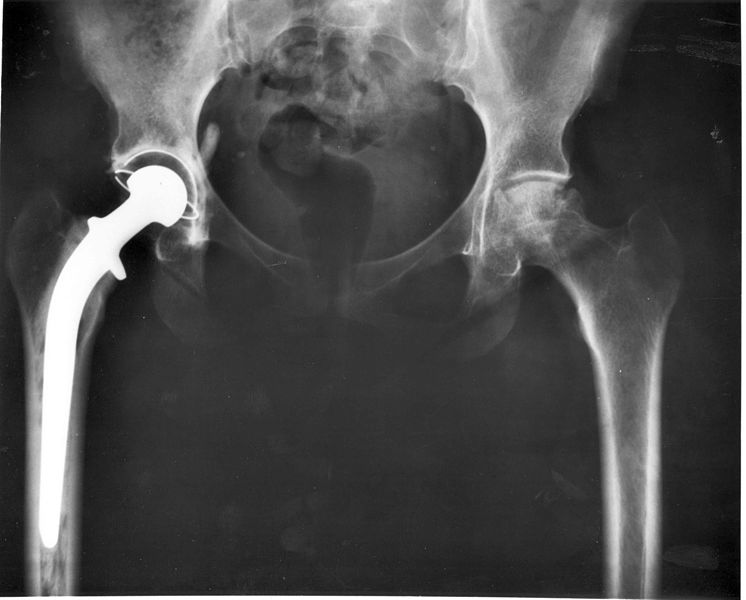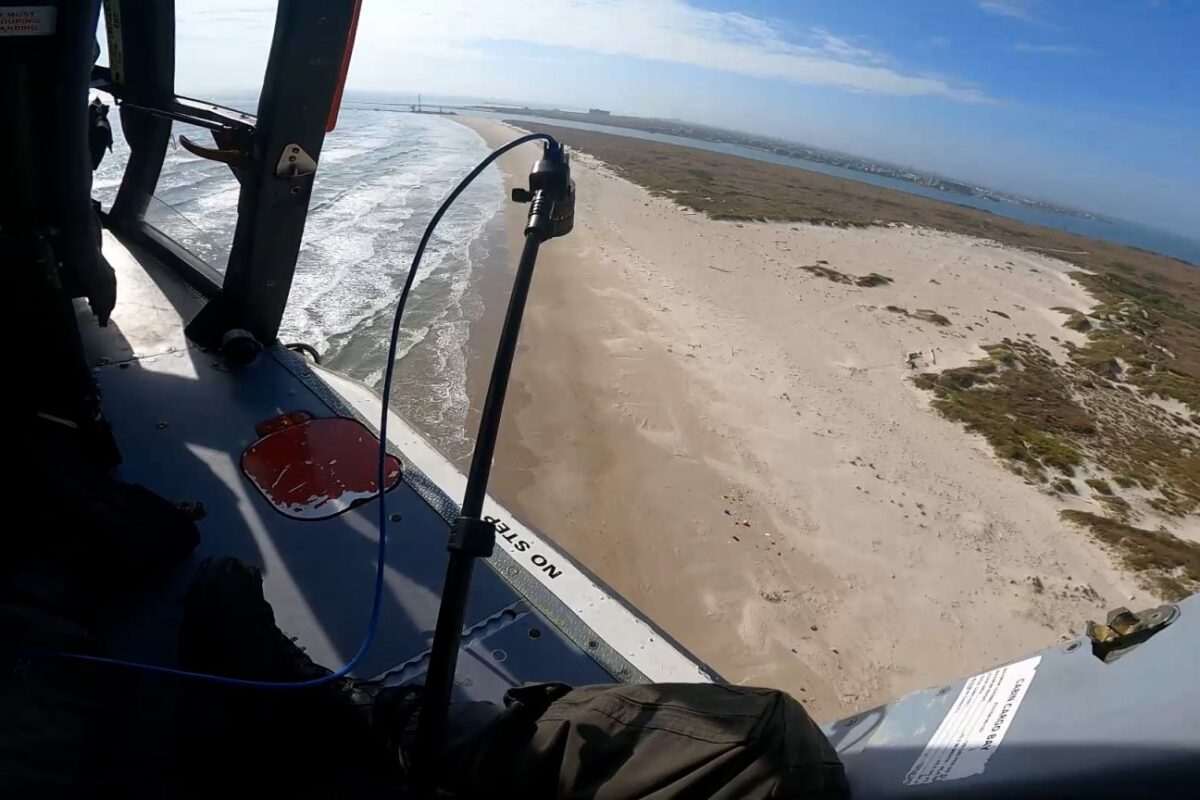A New Era for Cement: Flexibility Inspired by Nature
Forget the image of rigid concrete crumbling under pressure. Inspired by the surprisingly tough shells of mollusks, researchers have developed a new cement composite that’s 19 times more flexible than its traditional counterpart. The secret lies in unlocking the power of nacre, the iridescent inner layer of seashells, also known as mother-of-pearl.
The Strength of Mollusk Shells
Nature’s brilliance is on display once again. Mollusk shells, like those of abalone and oysters, boast impressive strength despite being made from relatively simple materials. This is thanks to their intricate layered structure, where stiff aragonite plates are held together by a super-elastic biopolymer called nacre. Mimicking this design, the researchers incorporated similar features into their cement composite.
Engineered Defects for Flexibility
The key lies in these “engineered defects.” By strategically introducing weak points, they essentially created a controlled fracture zone inspired by nacre’s structure. When stress is applied, these zones absorb the impact, allowing the material to flex instead of crack. This innovative approach makes the cement composite not only remarkably flexible but also 17 times more resistant to cracking compared to regular cement.
Revolutionizing Construction
This breakthrough has the potential to revolutionize construction. Buildings made with this new material could withstand earthquakes, strong winds, and even ground settling with far greater resilience. Imagine structures that sway instead of snap, or bridges that bend without breaking. The possibilities for a more durable and adaptable built environment are exciting.
While still in its early stages, this nacre-inspired cement paves the way for a future where building materials are as tough and adaptable as the shells that inspired them.







